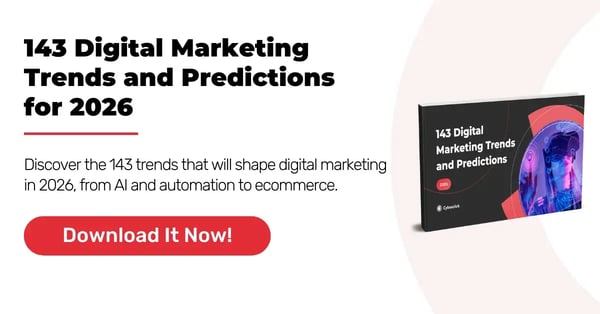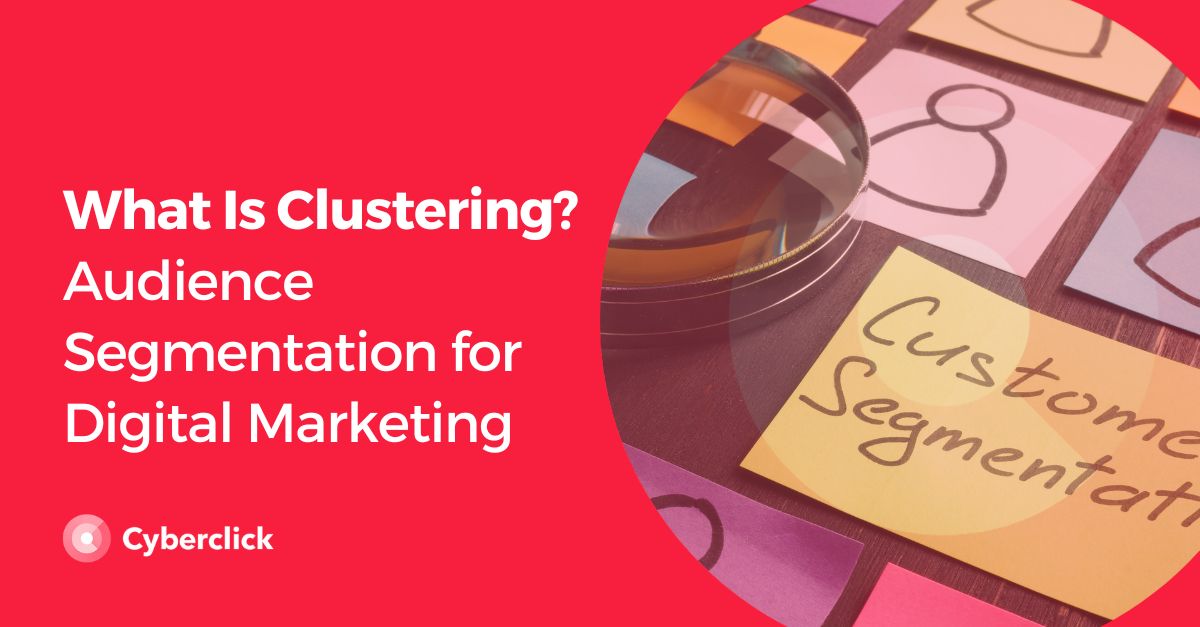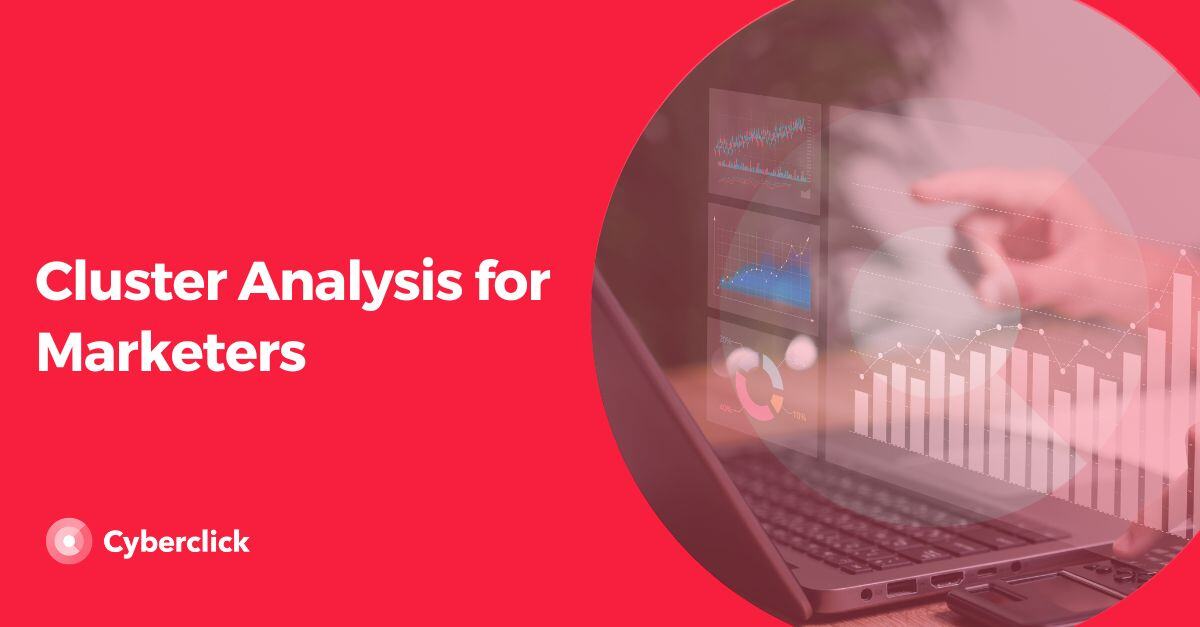Understanding your target audience is very important when conducting marketing research. There are various sampling techniques that can be used to gather representative data, and one is cluster sampling. This method is particularly useful when dealing with large, diverse populations. But what exactly is cluster sampling, and how does it work in marketing?
What Is Cluster Sampling?
Cluster sampling is a statistical method used to divide a population into smaller groups, known as clusters, that are randomly selected for study. Each cluster is a mini-representation of the entire population, ideally containing the same variability and diversity. This method is particularly effective when the population is too large and spread out to survey every individual.
Types of Cluster Sampling
Single-Stage Cluster Sampling
In this method, all individuals within the selected clusters are surveyed. For example, if a company wants to survey customer satisfaction across different branches, it might randomly select a few branches (clusters) and then survey every customer in those branches.
Two-Stage Cluster Sampling
This involves two levels of random sampling. First, clusters are randomly selected. Then, within those clusters, individual subjects are randomly chosen. This is useful for further reducing the sample size and cost while maintaining representation.
Multistage Cluster Sampling
This is an extension of two-stage sampling, involving multiple stages of selection. It is used when dealing with very large populations, such as national surveys where regions (clusters) are first selected, then cities within those regions, and finally individuals within those cities.
Advantages of Cluster Sampling in Marketing
Cluster sampling offers several benefits, making it a preferred method in various research scenarios, including marketing:
- Cost-Effectiveness: Cluster sampling reduces the overall cost of research. By focusing on clusters rather than the entire population, companies can save on resources like time, money, and effort.
- Feasibility: It makes large-scale surveys feasible. When the population is widespread geographically, cluster sampling enables marketers to gather data without having to travel extensively or manage an impractically large dataset.
- Efficiency: Cluster sampling allows for efficient data collection and analysis, as working with smaller, manageable clusters is often more practical than attempting to sample the entire population.
Limitations of Cluster Sampling in Marketing
Despite its advantages, cluster sampling also presents some challenges that marketers must navigate:
- Sampling bias: For cluster sampling to be effective, each cluster should ideally be a mini-representation of the entire population. However, if clusters are too homogeneous, it can lead to bias. Careful design and selection are required to make sure clusters are as diverse as possible.
- Selection: Determining the right sample size within each cluster is crucial. Too few samples can lead to inaccurate results, while too many can negate the cost-saving benefits of cluster sampling.
- Complexity: Logistical issues can arise, especially in multistage cluster sampling. Proper planning and execution are necessary to be sure that the sampling process is smooth and data collection is reliable.
How Cluster Sampling Works in Marketing
Cluster sampling involves several steps to guarantee that the sample is both representative and manageable:
-
Defining the Population: The first step is to clearly define the population that the research aims to understand.
-
Dividing the Population into Clusters: Next, the entire population is divided into clusters. These clusters should be as heterogeneous as possible, representing the diversity of the overall population.
-
Selecting Clusters Randomly: Clusters are then selected at random. This random selection is crucial to avoid bias.
-
Choosing Subjects Within Clusters: Depending on whether single-stage or two-stage sampling is being used, either all subjects within the chosen clusters are surveyed, or a random sample of subjects within those clusters is selected.
-
Collecting and Analyzing Data: Data is then collected from the selected clusters. This data is analyzed to draw conclusions about the entire population. The insights gained can help marketers make informed decisions about targeting and strategies.
Applications of Cluster Sampling in Marketing
Cluster sampling is widely used in marketing research due to its practicality and cost-effectiveness. Here are some specific applications.
Customer Satisfaction Surveys
Companies often need to assess customer satisfaction across various regions. By using cluster sampling, they can divide the customer base into clusters based on geographical locations (e.g., cities or store branches) and randomly select a few clusters to survey. This approach provides a representative snapshot of customer satisfaction without the need to survey every individual.
Market Segmentation
Marketers can use cluster sampling to segment the market into distinct groups based on different criteria, such as purchasing behavior or demographic characteristics. By studying these clusters, companies can tailor their marketing strategies to target specific segments more effectively.
Product Testing
When launching a new product, companies can use cluster sampling to test the product in selected markets or regions before a full-scale launch. This helps gather valuable feedback and make necessary adjustments based on the responses from the test clusters.
Advertising Campaigns
For large-scale advertising campaigns, cluster sampling can help identify key regions or demographics to target. By analyzing the effectiveness of the campaign within selected clusters, marketers can optimize their strategies for better reach and engagement.
Licenciada en Publicidad y Relaciones Públicas por la UAB. Digital Marketing Strategist en Cyberclick.
Degree in Advertising and Public Relations from the UAB. Digital Marketing Strategist at Cyberclick.







Leave your comment and join the conversation